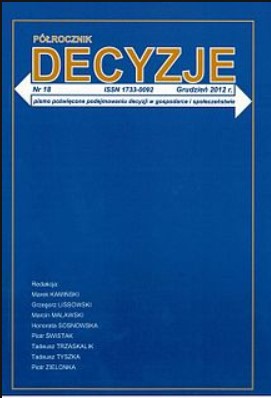COMMON FORMS OF GERRYMANDERING IN THE UNITED STATES
COMMON FORMS OF GERRYMANDERING IN THE UNITED STATES
Author(s): Alex Keena, Michael Latner, Anthony J. McGann, Charles Anthony SmithSubject(s): Government/Political systems, Electoral systems, Politics and society, Sociology of Politics
Published by: Akademia Leona Koźmińskiego
Keywords: gerrymandering; voting manipulation; U.S. congress; political parties;
Summary/Abstract: Gerrymandering is a form of voting manipulation whereby electoral district boundaries are drawn to produce a partisan or political bias in elections. In this paper, we study partisan gerrymandering in the United States to understand its undemocratic outcomes and how the design of election institutions can promote or prevent gerrymandering. We begin with a survey of the history of gerrymandering, with a particular focus on partisan gerrymandering. We then consider the normative standards of fairness in democracy that partisan gerrymandering may violate. Next, we present a typology of partisan gerrymandering based upon the district maps drawn in California, Pennsylvania, Massachusetts, and New Jersey for the 2012 elections. Using the partisan symmetry method, we estimate the seats/votes curves of the congressional maps used in 38 states during the 2012 elections. We find that partisan gerrymanders occur almost exclusively when politicians are given control over redistricting.
Journal: Decyzje
- Issue Year: 2019
- Issue No: 32
- Page Range: 41-61
- Page Count: 21
- Language: English

